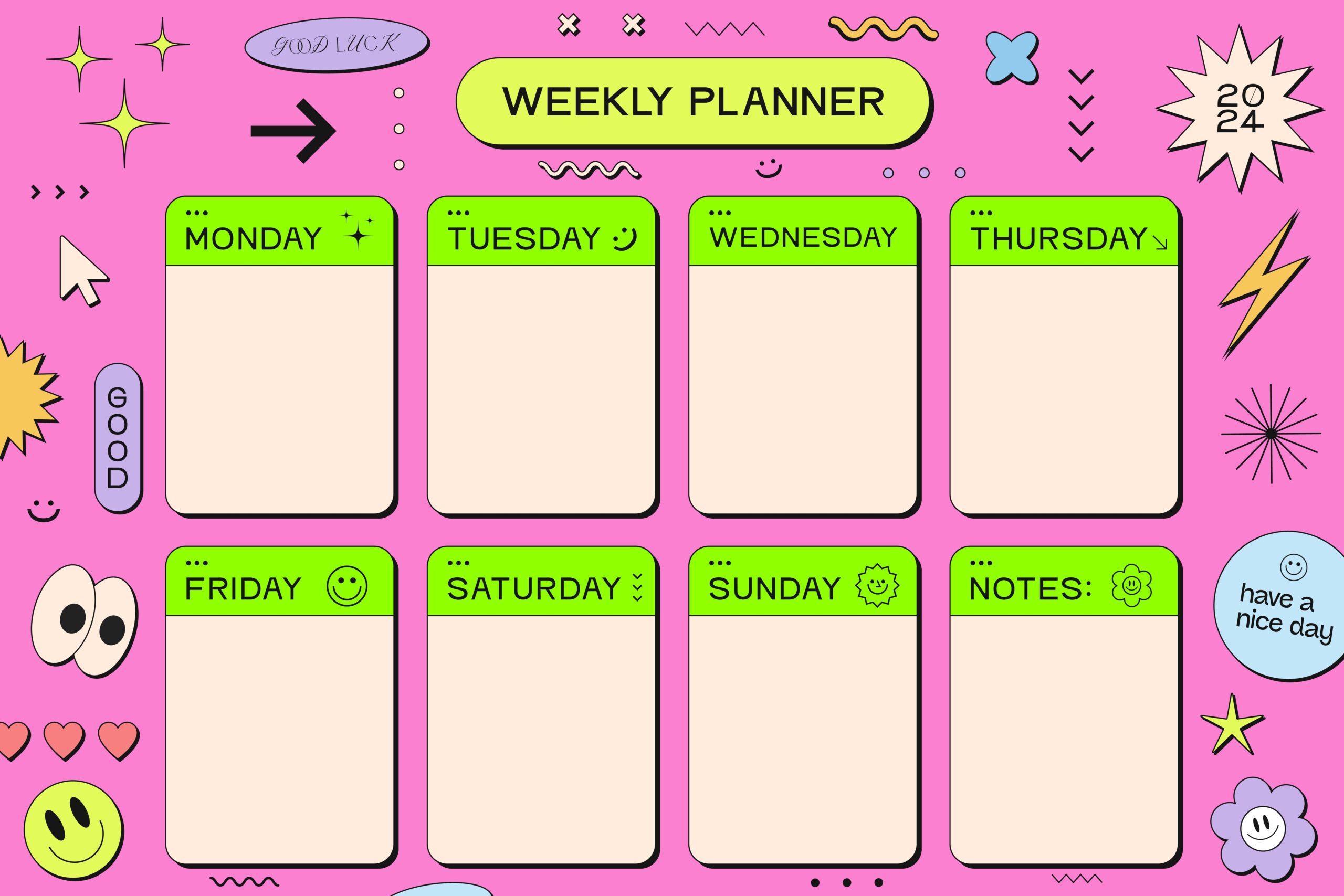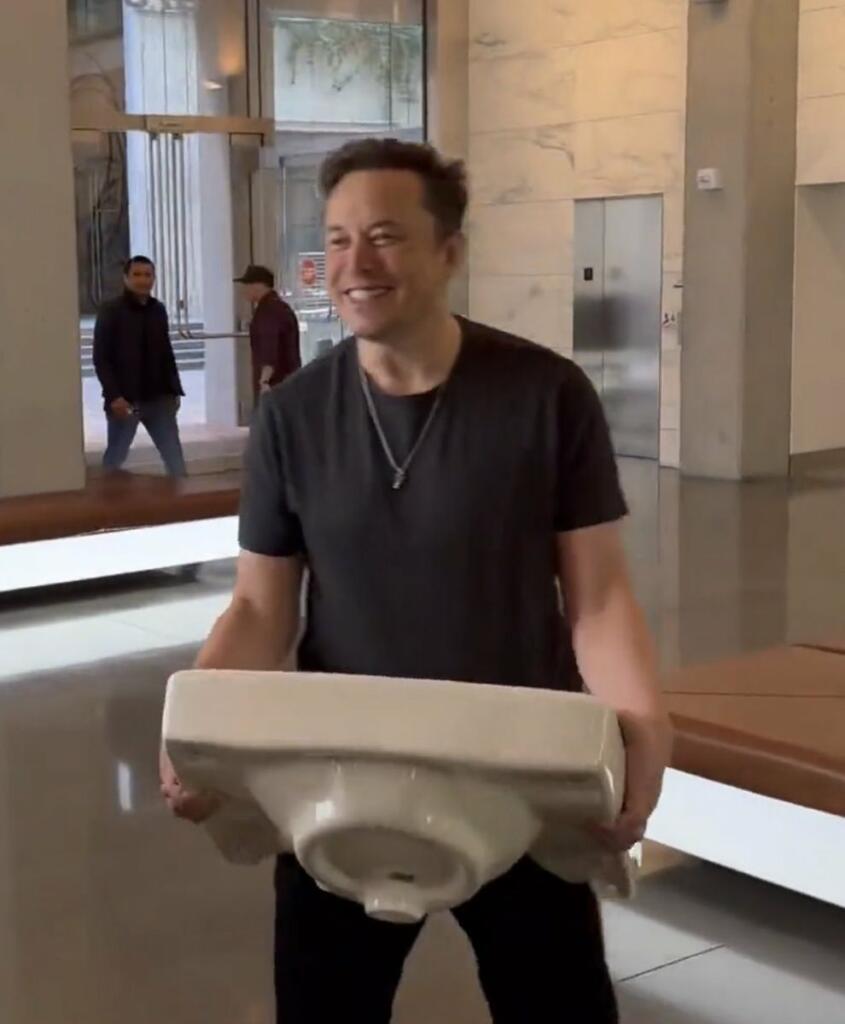
As the Chinese proverb goes, “May you live in interesting times.”
Most recently, that ancient saying has become a frequent fortune cookie message as well as a statement about our world. There is no doubt about it – the last quarter century, in particular, has been especially interesting, along with surprising, shocking, unpredictable, and tenuous. And I’m just getting started.
Hardly a day goes by when something mind-blowing hasn’t happened. In fact, it’s not unusual for us to witness two or more off-the-charts events each day. Weekends – which used to be considered “down time” or respites from the grind – are now packed with all sorts of eye-opening headlines, from the serious to the salacious.
It’s a wonder we get anything done, given how bombarded we are with stimulus, news, spam, push alerts, and other interruptions from so many different sources. Aside from outlets famous for news delivery, we are seeing, hearing, and reading about the world from more sources than anyone might have imagined just a handful of years ago.
Is your news coming from Lester Holt (who is now leaving his anchor post at NBC News), TikTok, a podcaster, or any number of influencers?
And that brings us to the changing workplace, the site where we accomplish many important things. Or do we?
In our changing job ecosystem, the Trump team is now desirous of redefining workloads, at-work efficiency, and the ROI of hiring staff in the first place. In other words, Elon Musk’s DOGE unit is charged with getting the most bang for our taxpayer bucks.
His newest device is something borrowed from his Twitter experience. Remember when he showed up at his newly purchased social media site carrying a kitchen sink? It symbolized he would assess Twitter’s entire operation, from job duties, essential services, and even who was stealing legal pads from the supply room. In the weeks that followed, Musk cleaned house, eliminating 6,000 jobs or roughly 80% of the company’s workforce.
eliminating 6,000 jobs or roughly 80% of the company’s workforce.
But how does a chief executive officer – especially one new to the company – assess which jobs/employees to cut versus which ones will be retained?
Last week, Elon Musk put federal government employees in his crosshairs. He revealed a key litmus test he used at Twitter – an exercise that has gone from being announced in a tweet to many memes, sources of humor, irony, and ridicule to a cocktail party conversation piece – in just a matter of a few short days.
It is Musk’s ultimatum question of all federal workers that found itself on billions of screens over the weekend:

It didn’t take long for the memes to follow:
And within minutes, short videos on YouTube, TikTok, and other sites popped up. In under two minutes, you can learn all the basics about Musk’s email. (And we wonder why young people get their news from social media.)
And then the humor – which shows no signs of stopping:

If you’ve been following this drama, last night at midnight was the deadline for federal employees to submit their five bullet-points – or else. But that last part is sketchy. Many agencies – yes, with newly appointed Republicans at the helm – instructed their rank-and-file not to take part in this exercise. But for others, the threat sounded serious. Trump and Musk stated non-compliance could result in being fired – or “semi-fired” as the President attempted to clarify yesterday.
The other question gnawing at workers is “Who’s going to read all these submissions and who will decide whether they pass the test?”
If tens or even hundreds of thousands filled out their five accomplishments from last week, the amount of responses to process would be overwhelming for the DOGE team. But last night, NBC News reported on the apparent solution:
AI, of course.
 NBC’s Courtney Kube filed the story, indicating that a LLM (Large Language Model) would be utilized to sift through all the lists and determine whether the accomplishments from the previous week are “mission critical” – or not.
NBC’s Courtney Kube filed the story, indicating that a LLM (Large Language Model) would be utilized to sift through all the lists and determine whether the accomplishments from the previous week are “mission critical” – or not.
Let’s hope radio broadcasting corporate staffers don’t get any bright ideas from this DOGE exercise. You can only imagine the response to trying this tactic to ensure workers are not only doing their jobs, but showing up every day.
every day.
As we know, there are still many employees working from home, at least sometimes. Who knows what they are actually getting done when they’re not in the station?
But as we continue to learn in our AQ studies, the average air personality on a commercial radio station wears an average of nearly three “hats” – or jobs. That’s just the average. Our data shows nearly one-third are wearing four hats or more.
So, I created a form and began to fill it out for what I reasoned to be the average PD who also hosts the morning show. It didn’t take very long to complete a list of five accomplishments completed – ON THE MORNING OF THE FIRST DAY OF THE WEEK:
 Now I know what some captains of the radio broadcasting industry are thinking – if this exercise works for the richest man in the world, why wouldn’t it be successful for your company?
Now I know what some captains of the radio broadcasting industry are thinking – if this exercise works for the richest man in the world, why wouldn’t it be successful for your company?
On the surface, this might make some sense, but in practice, the average radio person could easily fill out a list of a couple dozen tasks taken care of – on Monday alone. The last thing you want to remind some of the hardest working folks in the entertainment business is how hard they’re working, especially compared to the rest of the world.
In fact, today’s typical radio station employee is likely working harder for essentially the same compensation as his or her predecessors spanning the decades. With fewer perks, raises, and even station swag, they are outworking those who came before under the least ideal set of circumstances.
And you won’t need an AI Large Language Model or the genius of a billionaire to figure that out.
P.S. I made up a blank form you can put to use right now. It’s on the house:

Originally published by Jacobs Media









